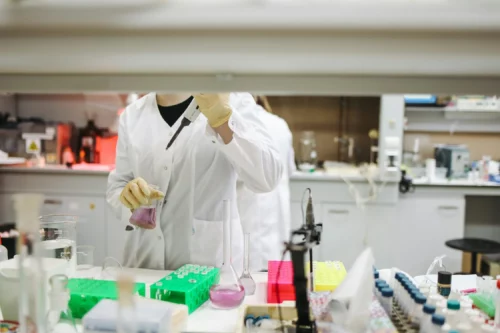Image Courtesy of Pexels.
Find yourself wondering where the hype is? Look no further than recent language trends in science. Researchers in Japan and Canada examined 901,717 successful grant application abstracts submitted to the National Institutes of Health and found a significant increase in the use of promotional language from 1985 to 2020. The 2022 study, published in The Journal of the American Medical Association, identified 139 adjective forms associated with hype, such as “novel,” “critical,” and “key,” with 130 of these showing an increase in frequency by 1,378 percent.
In a separate trend, researchers from the Universities of Minnesota and Arizona explored whether scientific innovation is becoming more or less disruptive. They created the CD index, which measures disruptiveness by examining whether subsequent works cite the study itself (an indicator of greater disruptiveness) or the study’s references. The findings, published by Nature in January 2023, revealed that papers published since 1945 are less likely to be disruptive and more likely to consolidate existing knowledge. While older manuscripts from the 1950s tended to use words evoking discovery (such as “produce” or “determine”), recent research favored words referring to incremental progress (such as “improve” or “enhance”). Researchers concluded that a balance between disruptive research, which pushes boundaries, and incremental research, which refines existing knowledge, is essential to scientific advancement.
Although these phenomena are revealing about modern scientific trends, it’s still unclear what the reasoning is behind them. Hype language and disruptiveness in science have yet to be declared as inherently good or bad—that may be for scientists now exploring these tendencies to decide.

